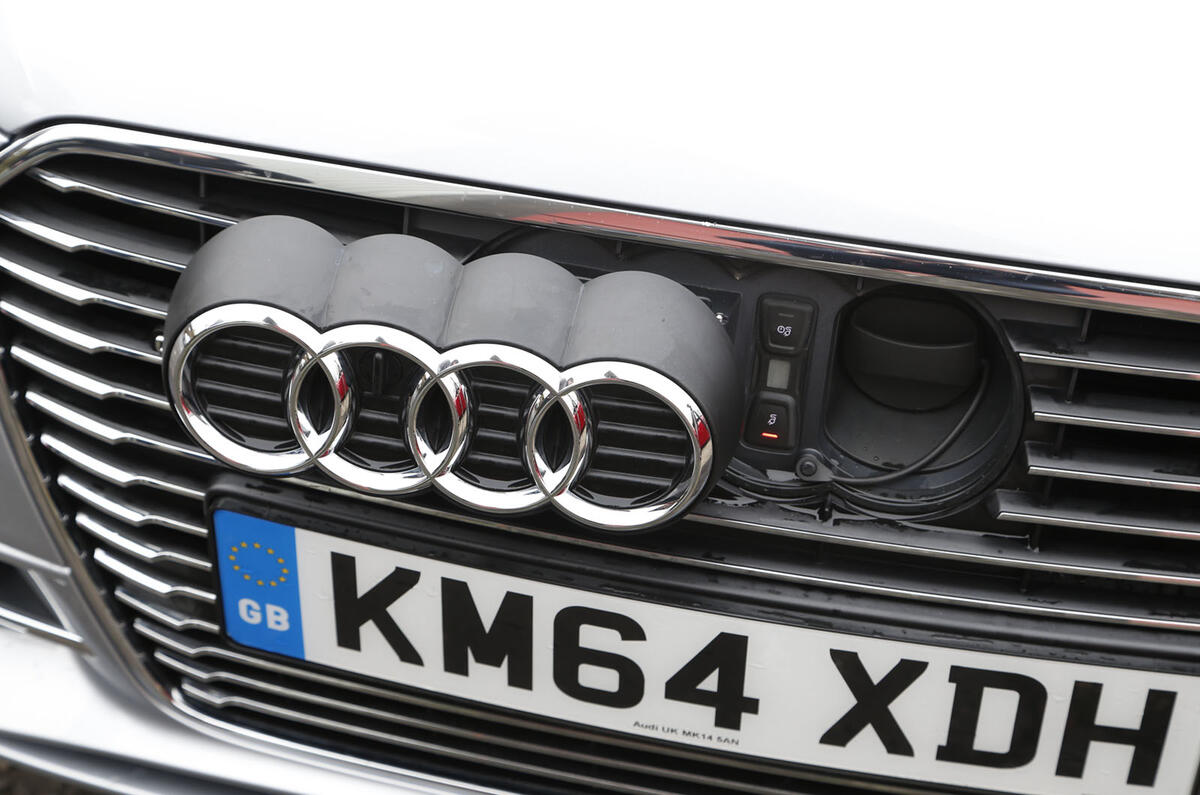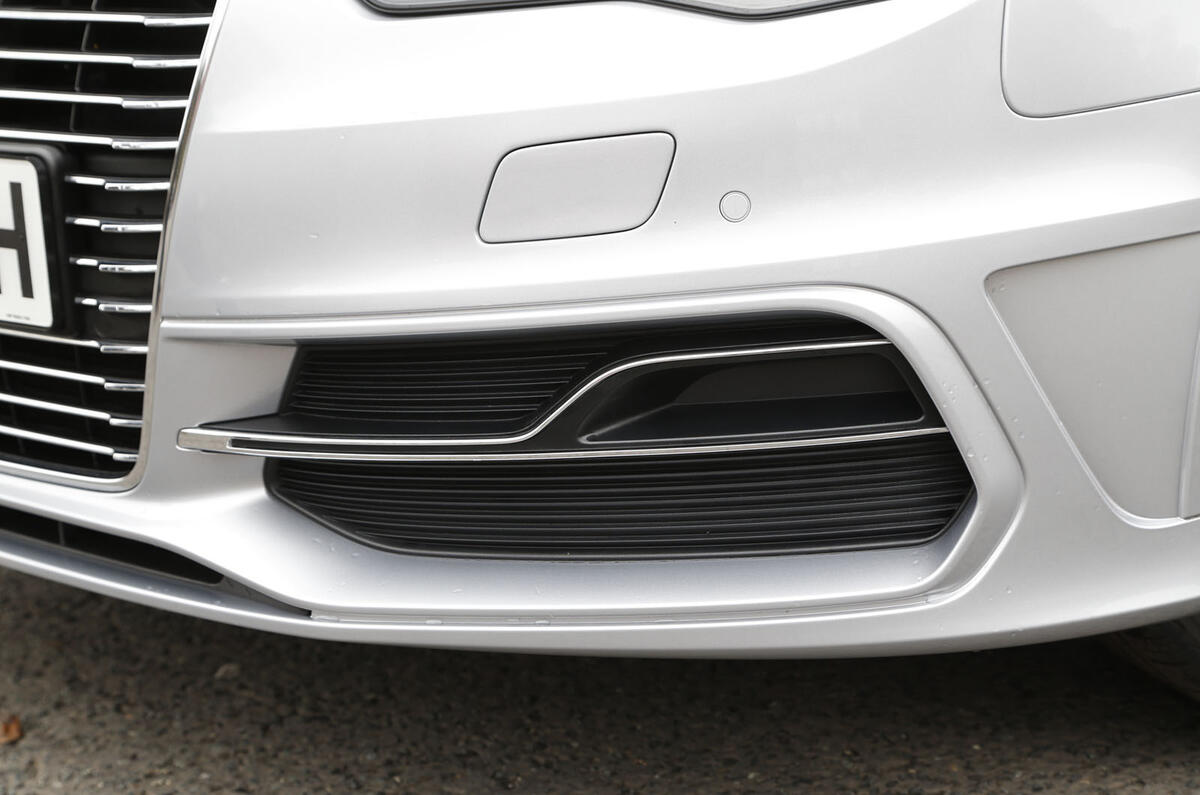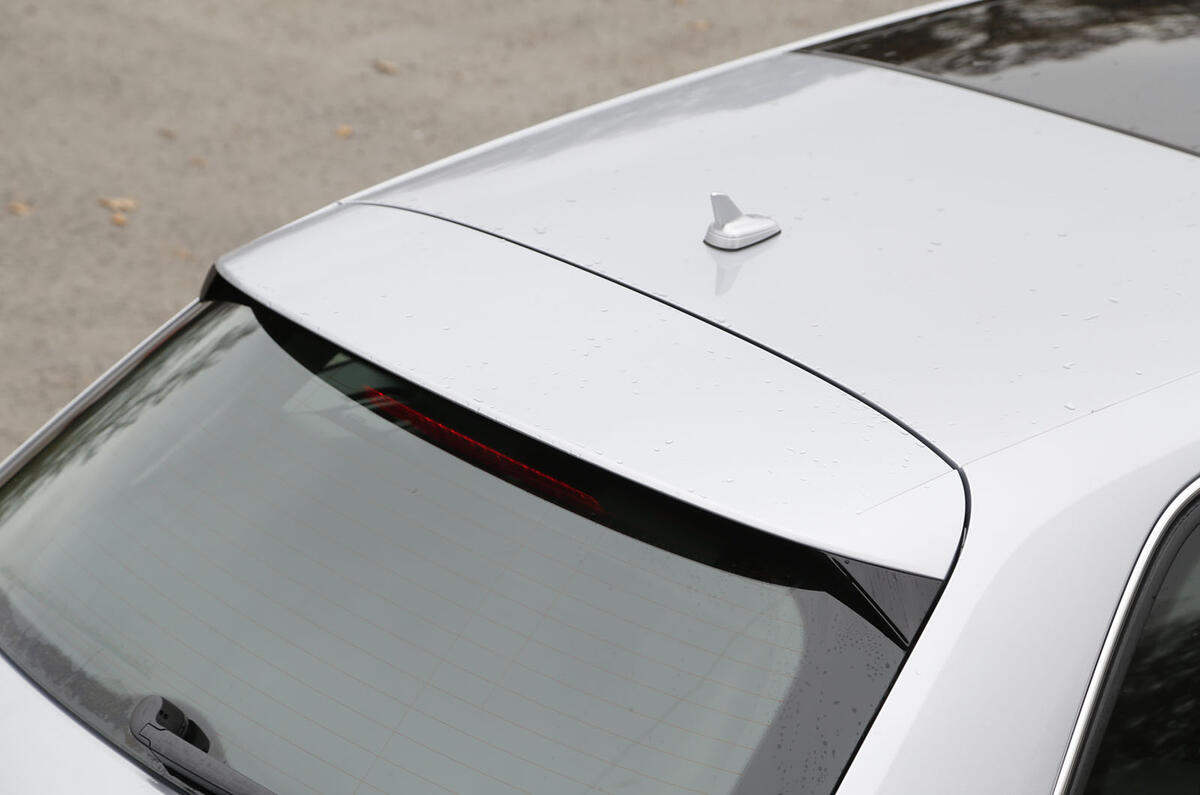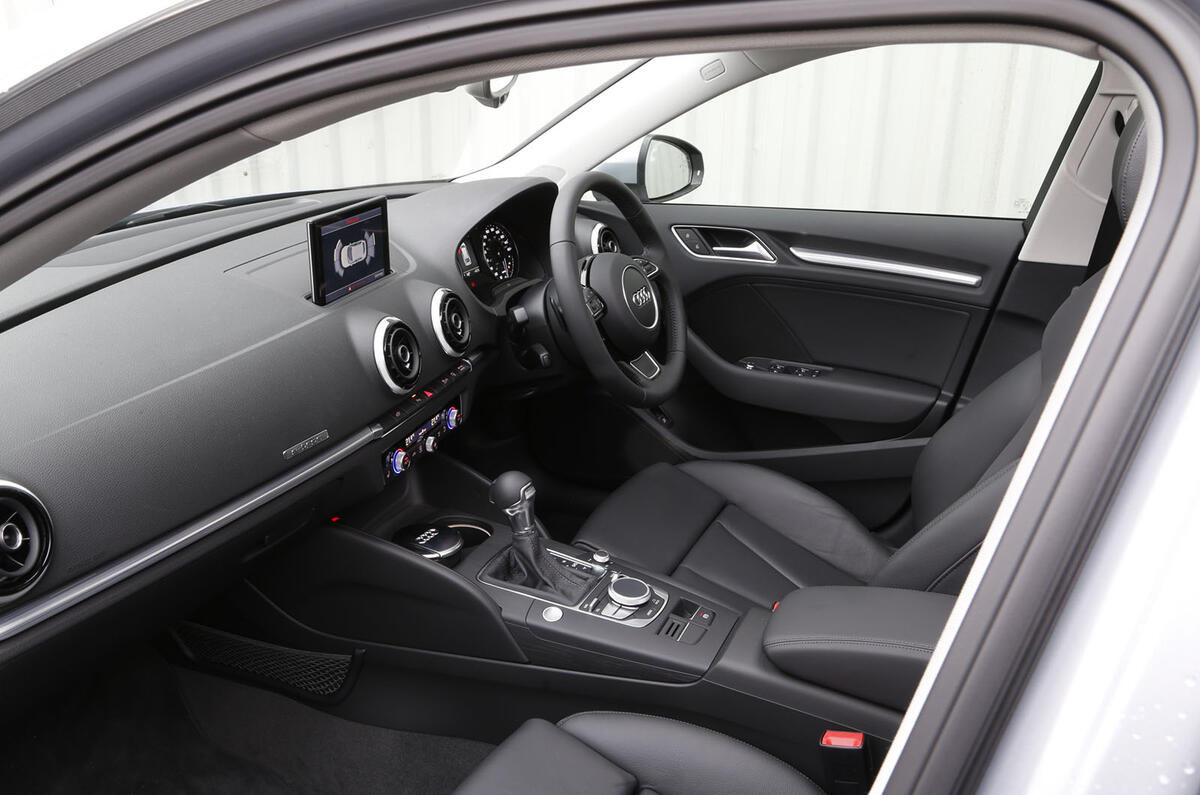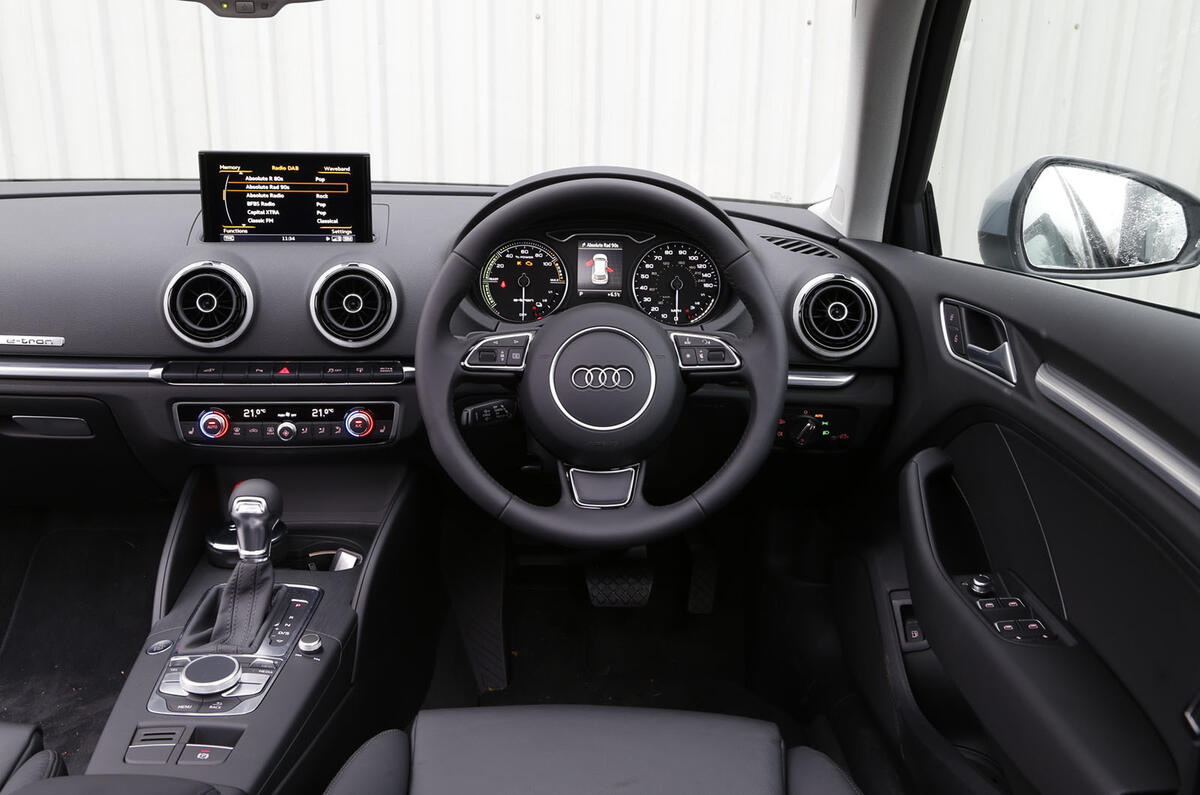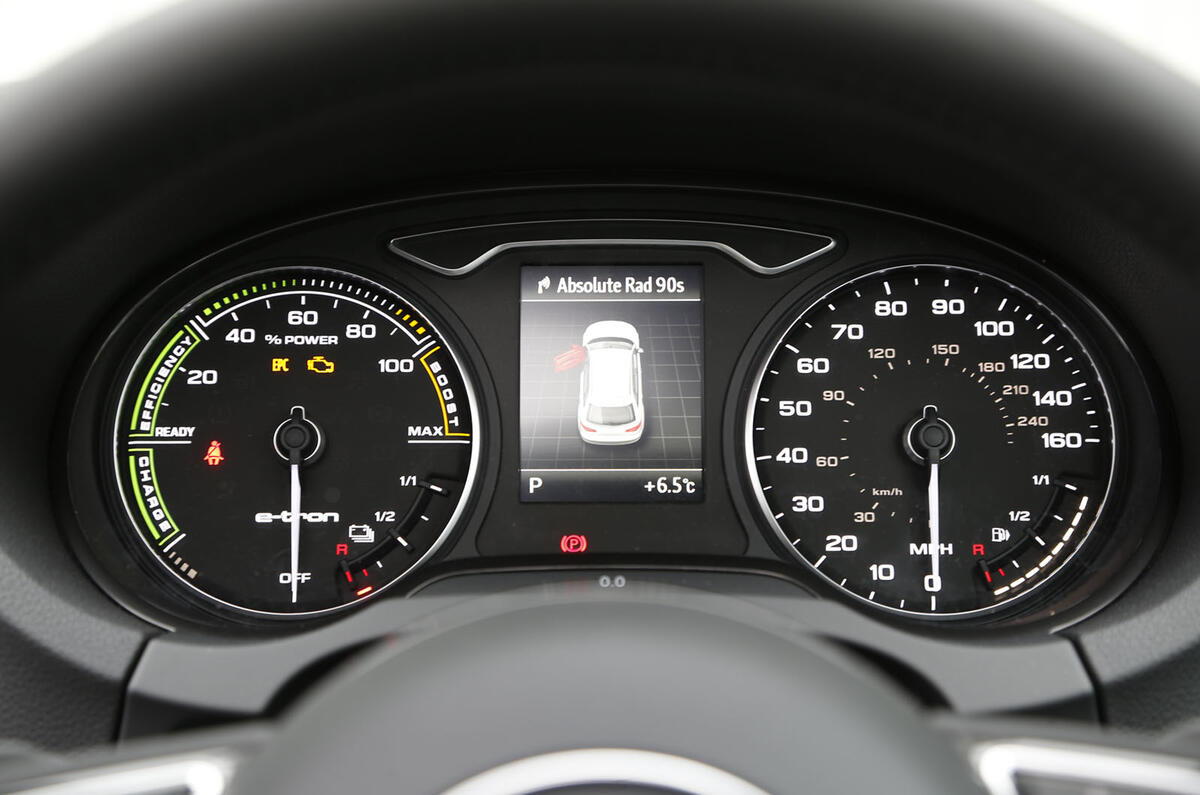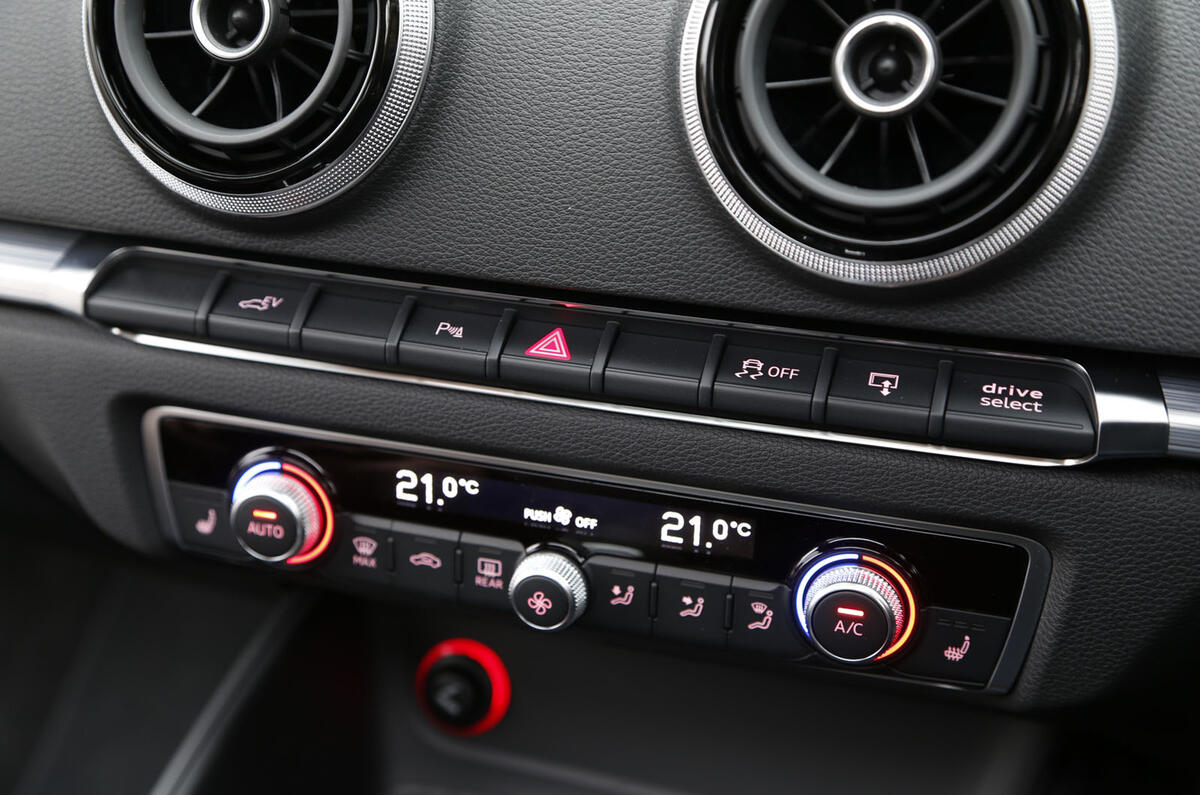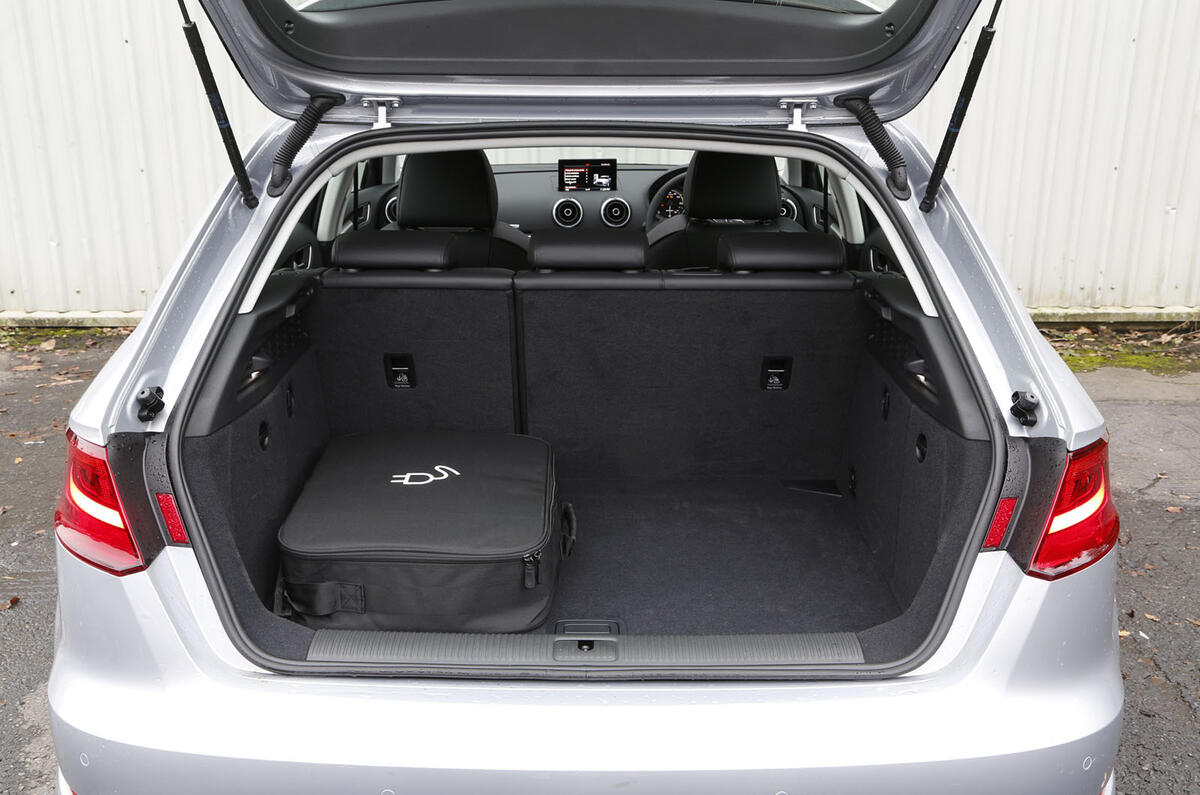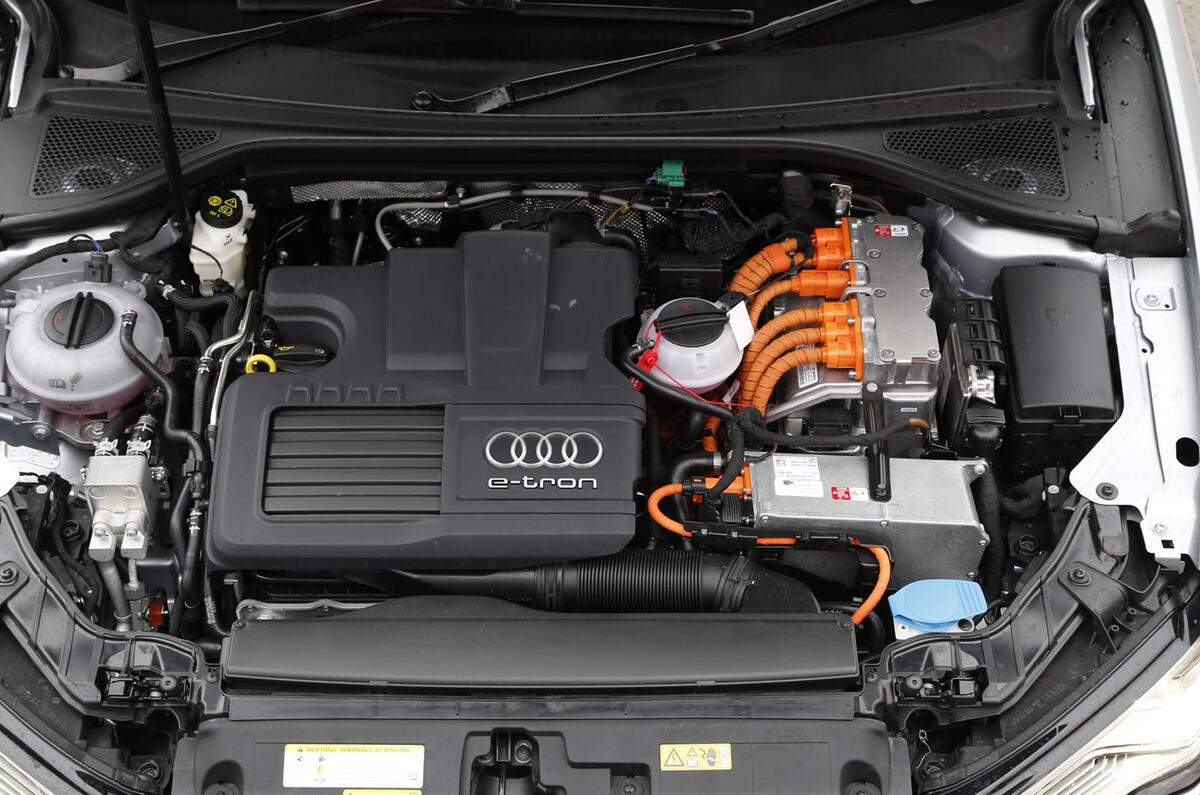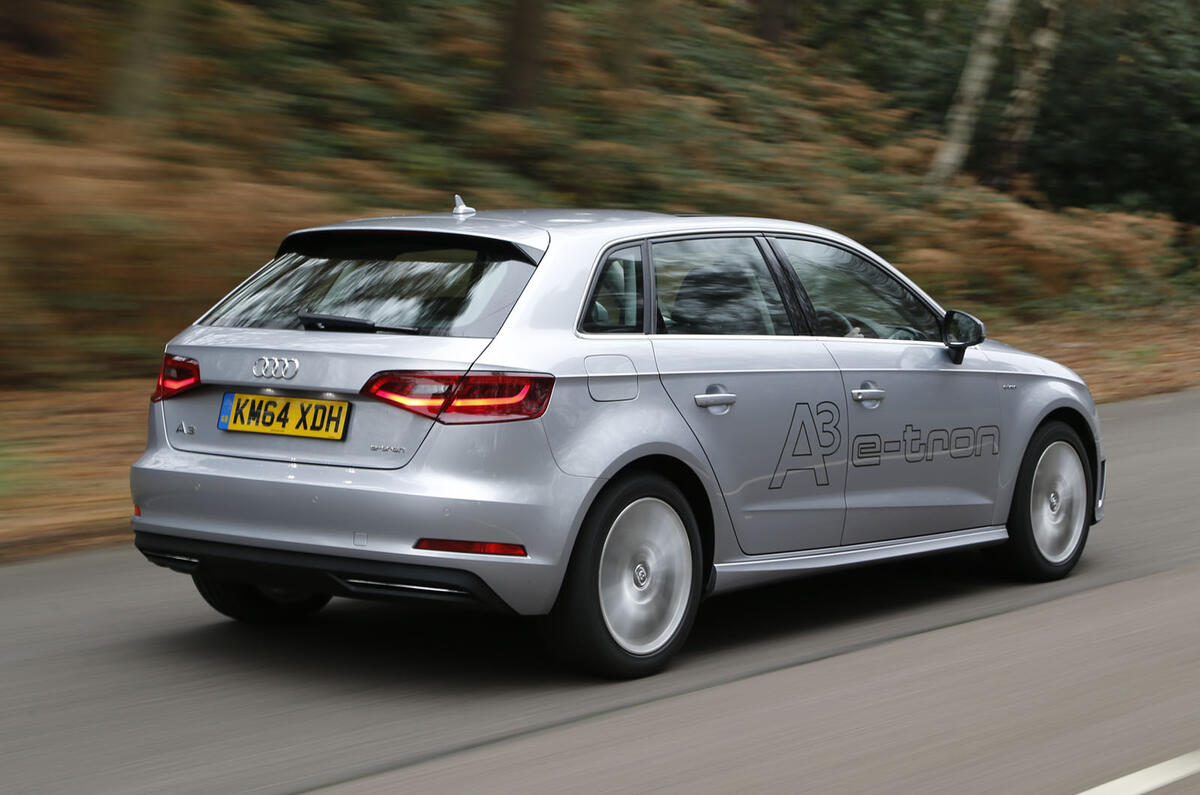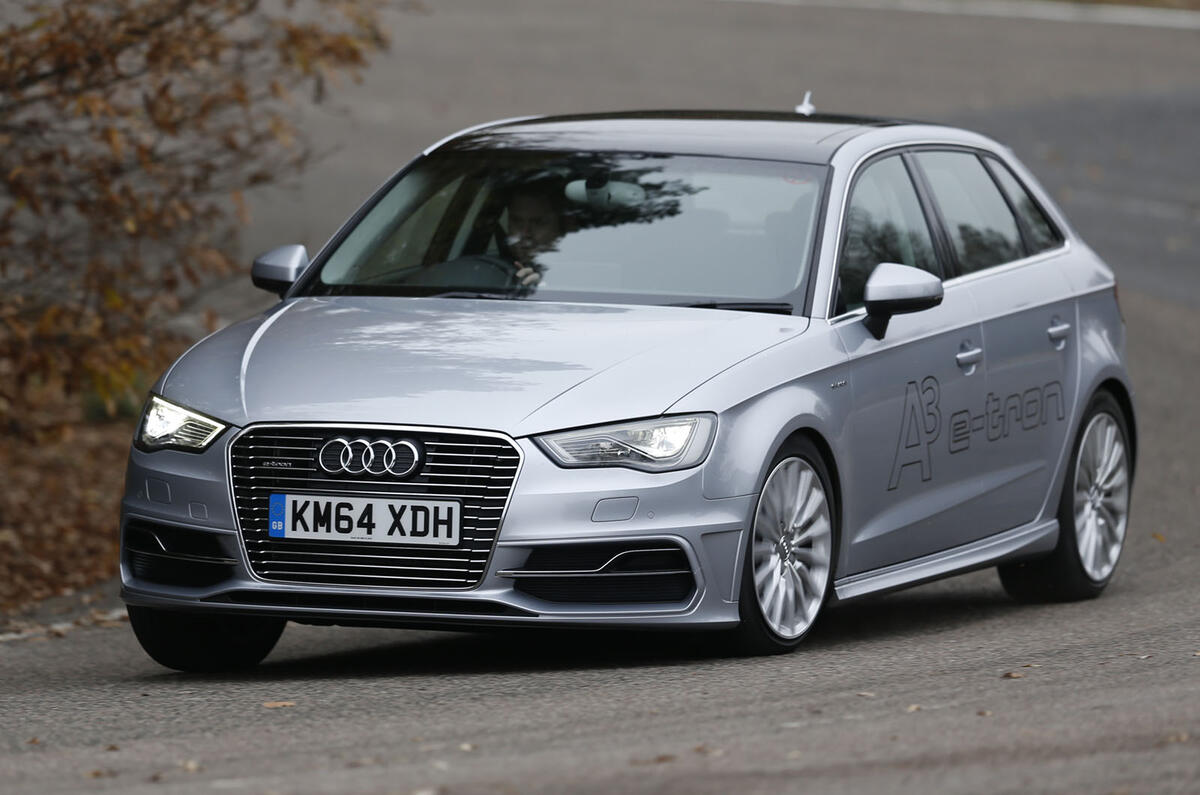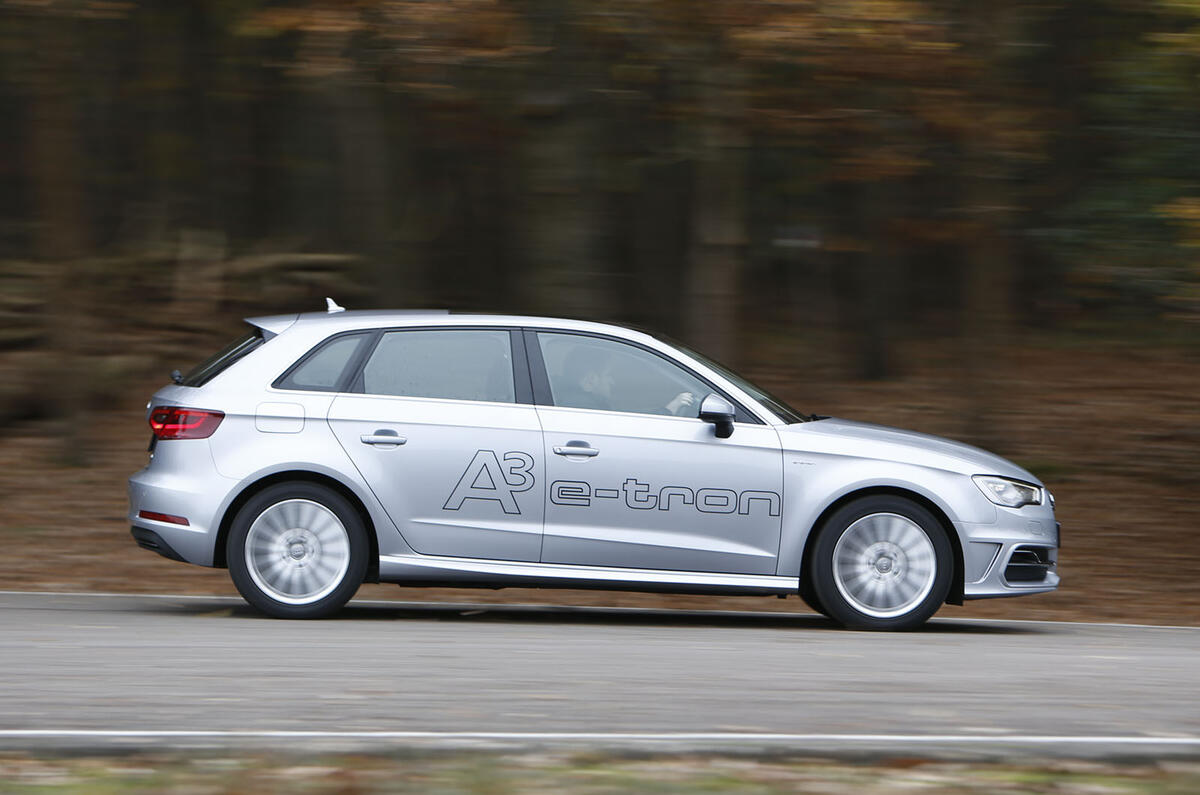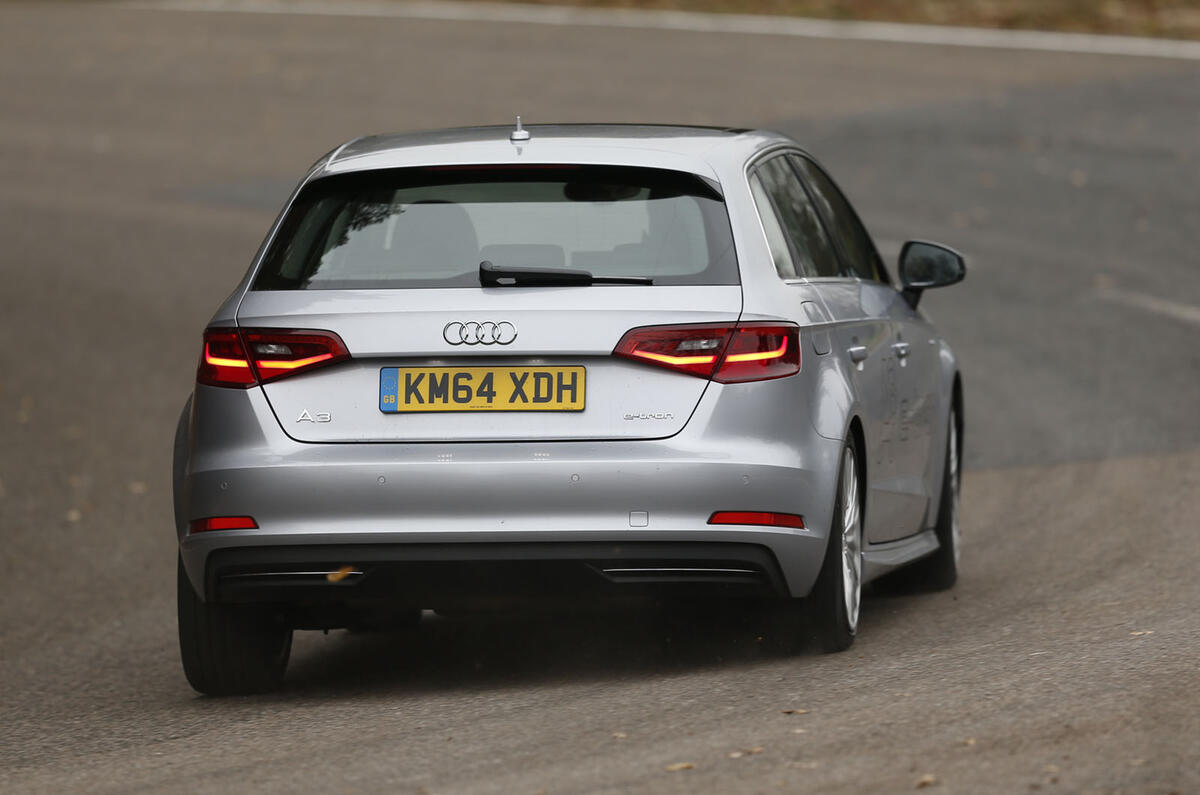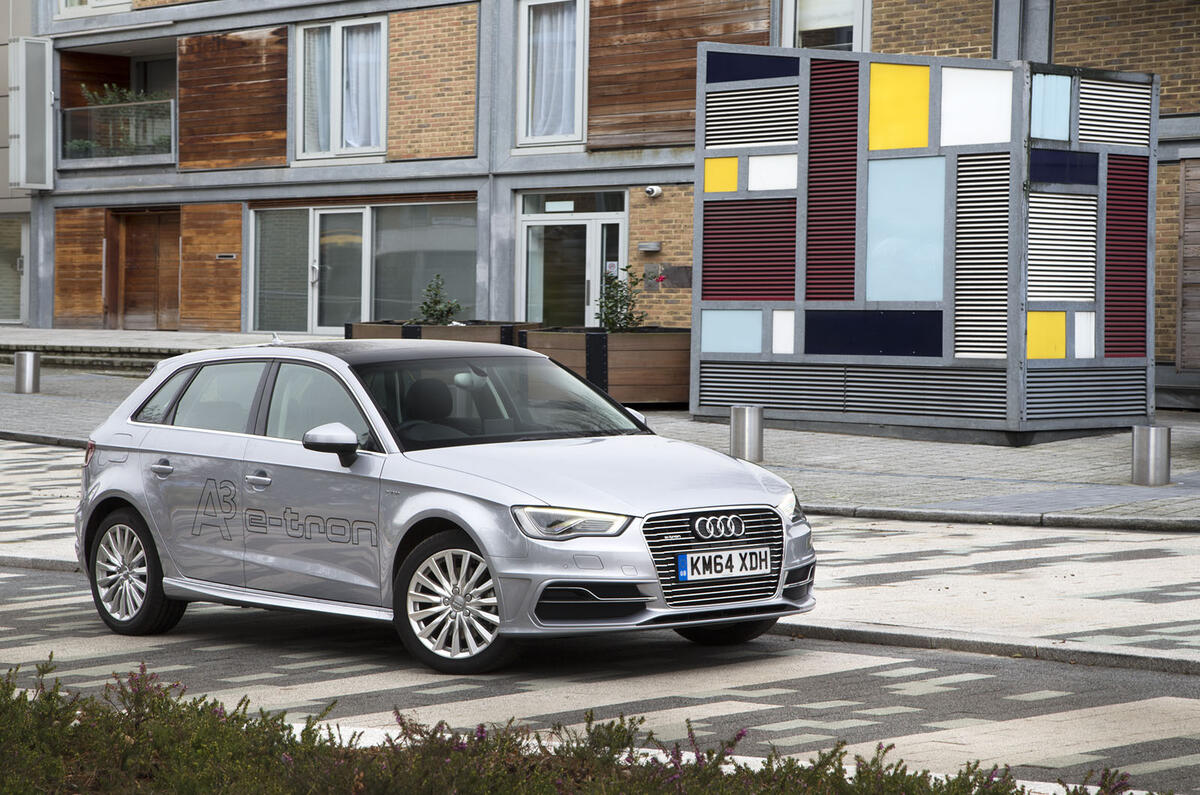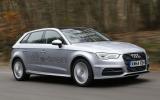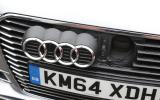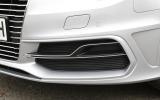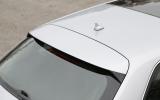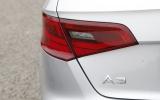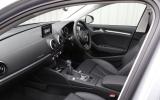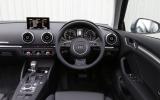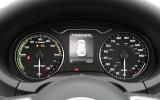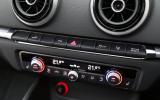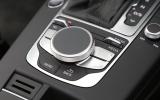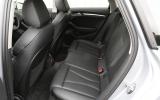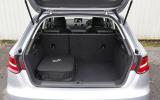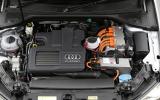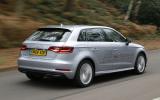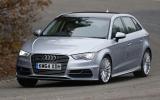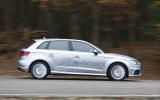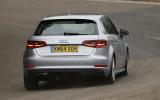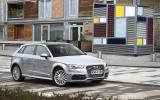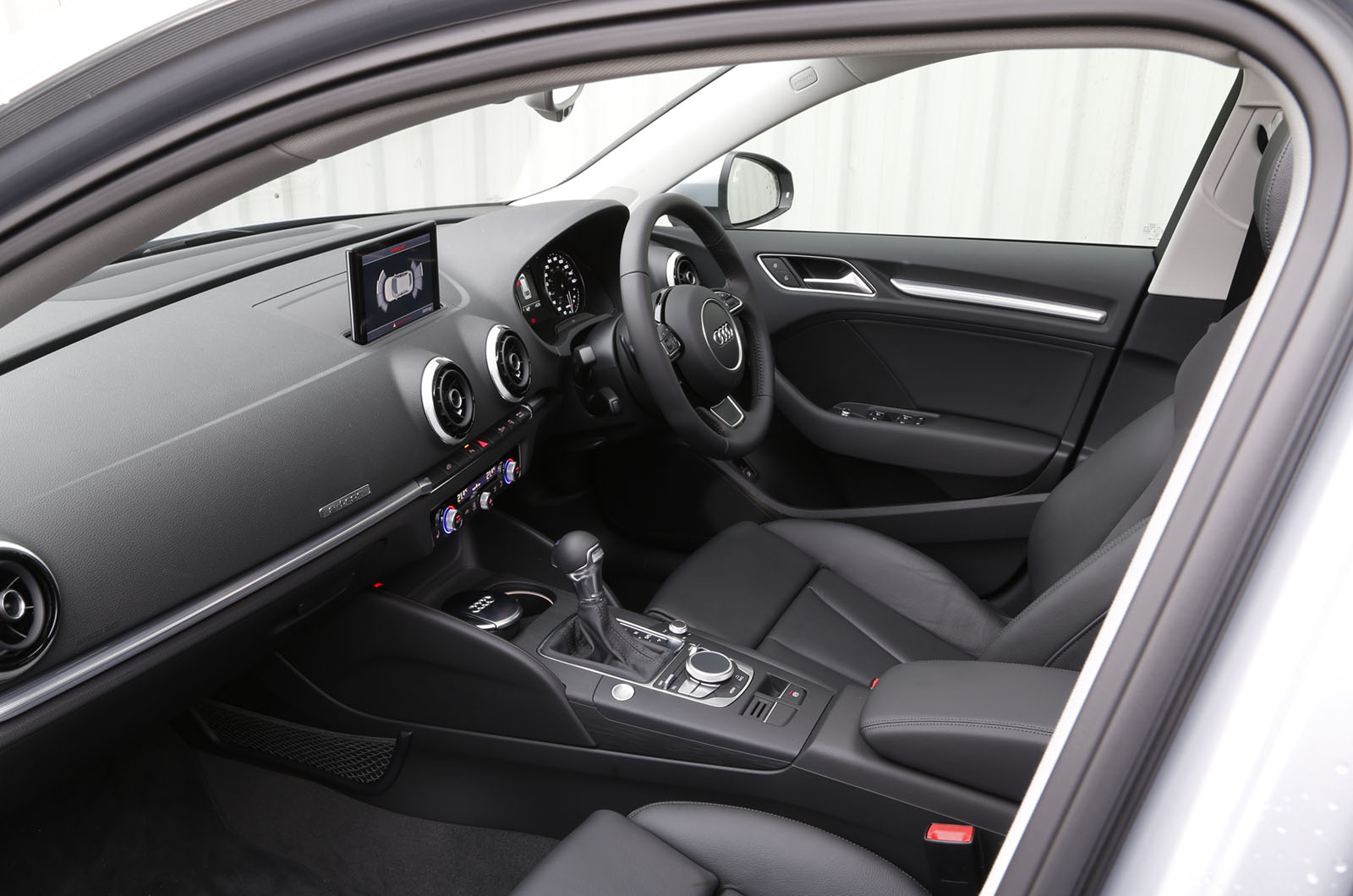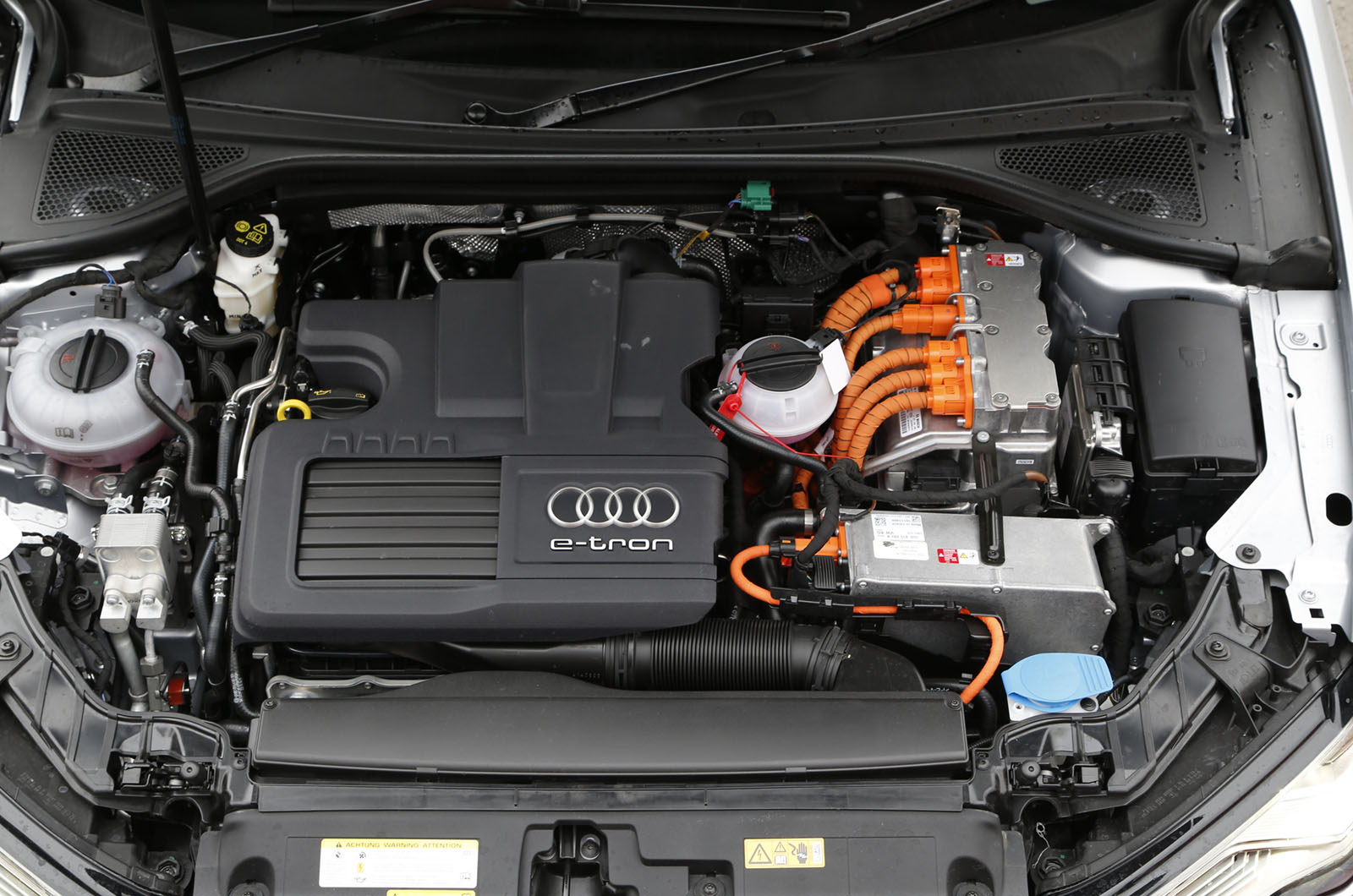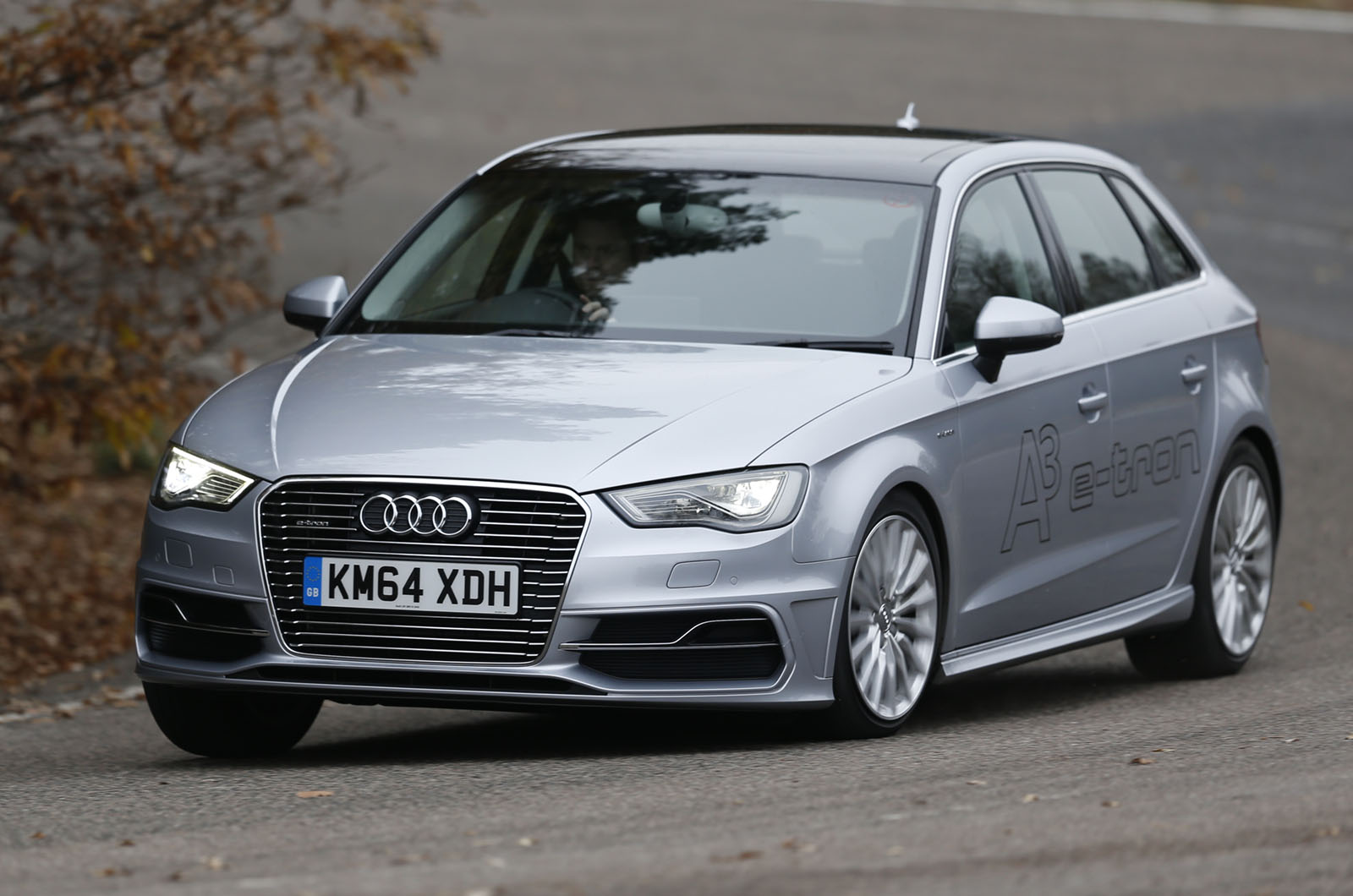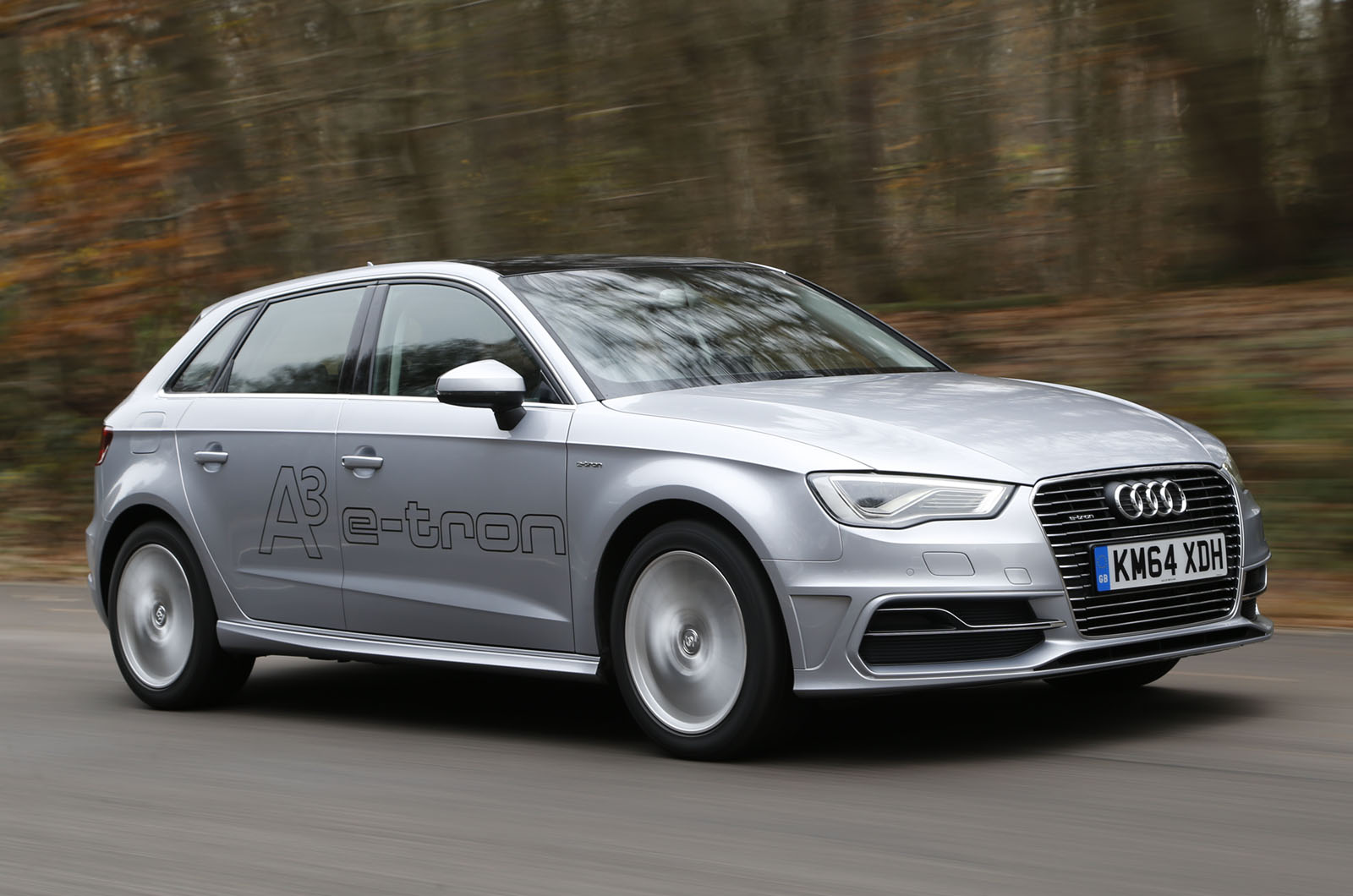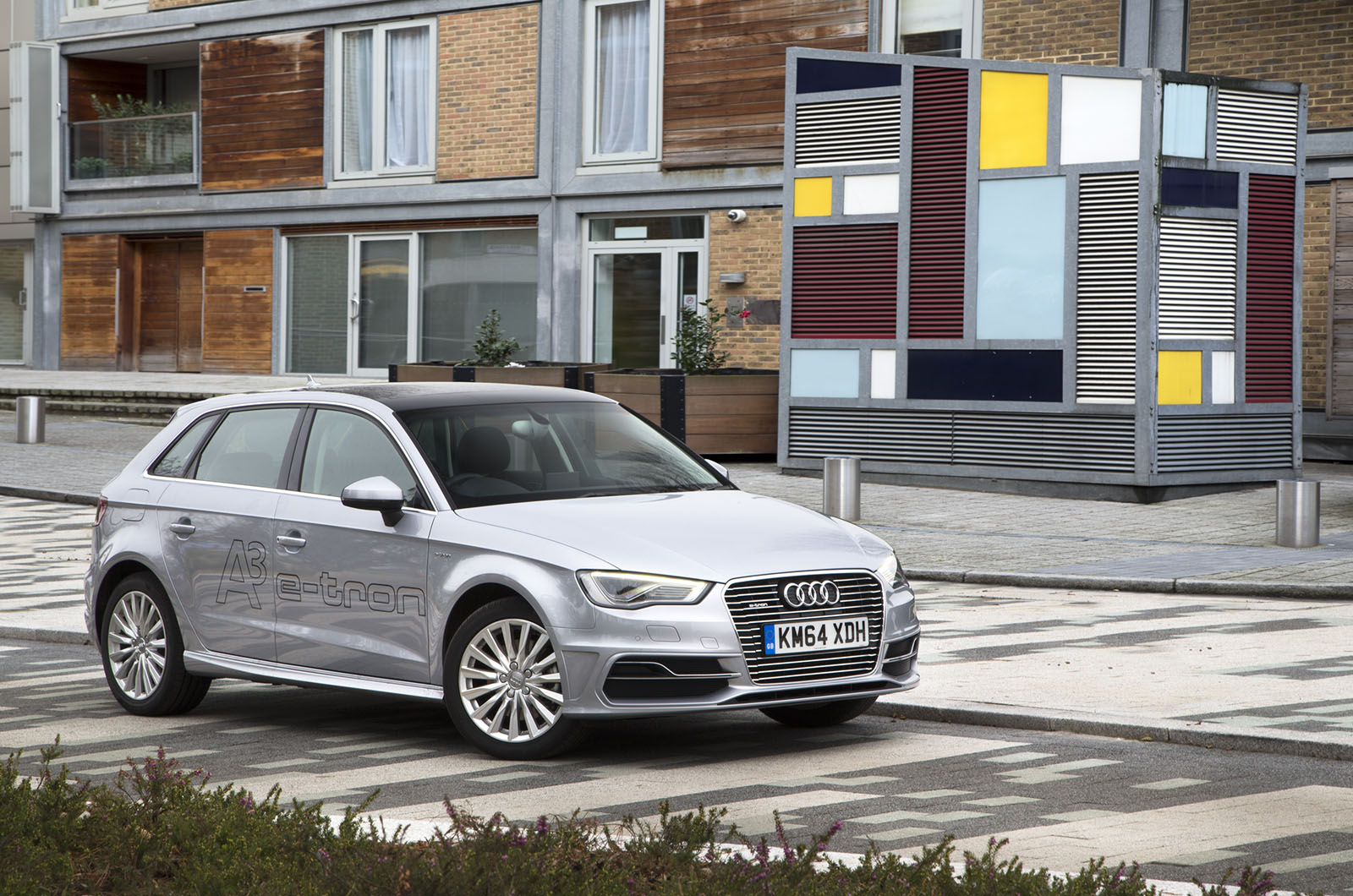‘A stake in the ground’ was how Audi described the plug-in hybrid A3 e-tron .
The firm’s flirtation with electric propulsion has been prolonged – the original R8-styled e-tron concept was shown at Geneva five years ago – but the Sportback is the first production model to actually adopt the badge. Its not the only Audi or Volkswagen Group member to adopt a hybrid system, with the Q7 e-tron, Golf GTE and Passat GTE all part of the fraternity.
The wait, says Audi, is due to its insistence that a zero-emissions-capable Audi ought not to be either a second-car compromise or too huge a leap for its buyers to understand.
Thus its EV comes packaged as a plug-in hybrid that doesn’t require a great deal of plugging in, has grunt to spare and is virtually indistinguishable from any other A3. Even after the A3 range was given a mild facelift in 2016 - the e-tron was also given a light makeover.
It also comes with some easily understood headline claims: 37g/km of CO2, 7.6sec to 62mph and a 580-mile range.
The implied lack of trade-off is compelling, and with only its sister car – the Volkswagen Golf GTE and the BMW 330e – for immediate company, Audi’s initial electrified offering seems uncannily well judged.
Could this be the consummate petrol/electric hybrid we’ve been waiting for? Read our review to find out whether it’s a lit bulb or a blown fuse.



